CLOU GLOBAL TECHNOLOGY provides energy management products and customized solutions for efficient energy usage, cost reduction, and sustainability compliance.
Here we are publishing answers to your questions related to our products and services.
Please do not hesitate to reach out to us if you have any questions or queries. You can use our easily accessible contact form or can leave a comment below the relevant article to get in touch with us.
Note: The calculators and animations on this website work with JavaScript-enabled Web browsers. Please make sure your Web browser is JavaScript-enabled.
Since End of 2020 we are using asynchronous scripting technologies.
Recent Articles
-
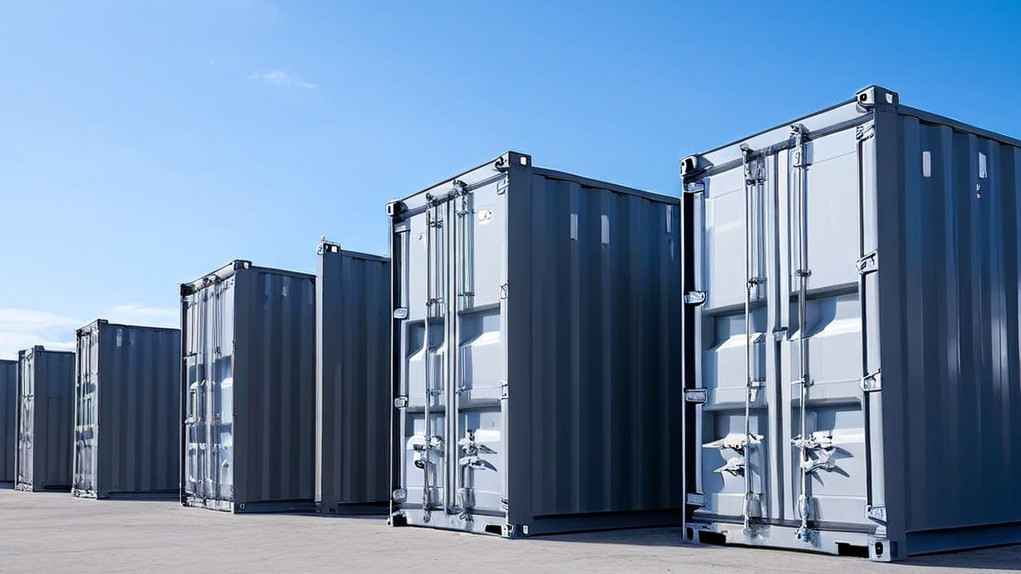
Enhancing Grid Resilience: Energy Storage Systems in Transmission Infrastructures
The electric grid is a complex interconnected network responsible for delivering electricity from power plants to end-use customers.
-

Major Update in Machinery Directive: Transitioning to Digital User Instructions
Big news for manufacturers and distributors of electrical machinery and smart devices in Europe! The Machinery Directive has been updated, aligning with the new machinery regulation by allowing digital user instructions.
-
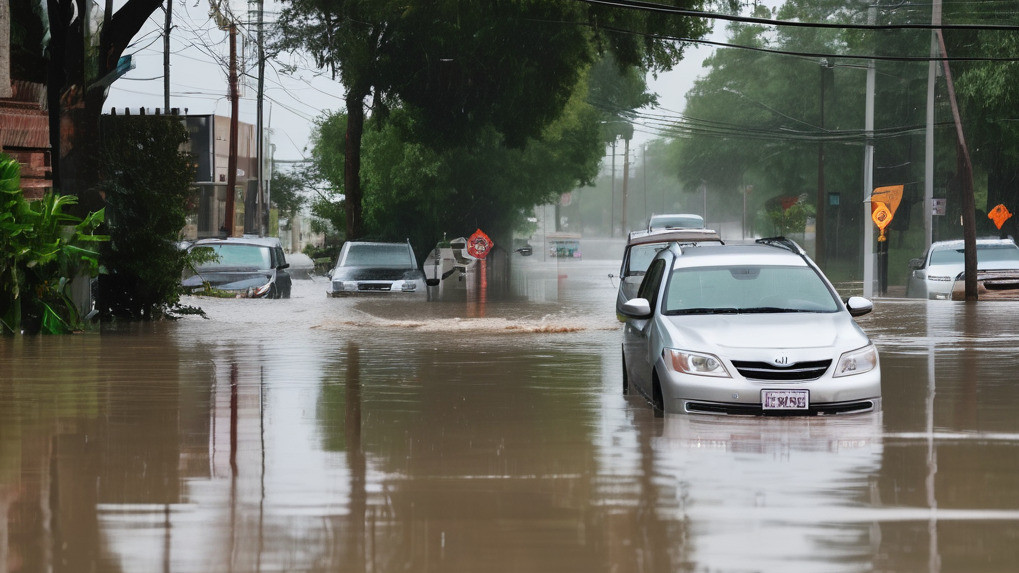
Deluge in Dubai: Lessons for Utilities from the Downpour
In an unusual turn of events, Dubai recently experienced severe rainfall, testing the robustness of its power infrastructure against the forces of nature.
-

The Road is Long: Smart Grid Standards
While the road to universal smart grid standards is fraught with challenges, the process is essential. The potential benefits of a fully interoperable smart grid are too significant to ignore.
-

Let It Go: Grid Congestion and Permitting Hurdles in the Electrical Energy Sector
The electrical energy sector faces ongoing challenges in transporting power from generation sources to areas of high consumption due to constraints of the transmission grid infrastructure and associated permitting processes.
-
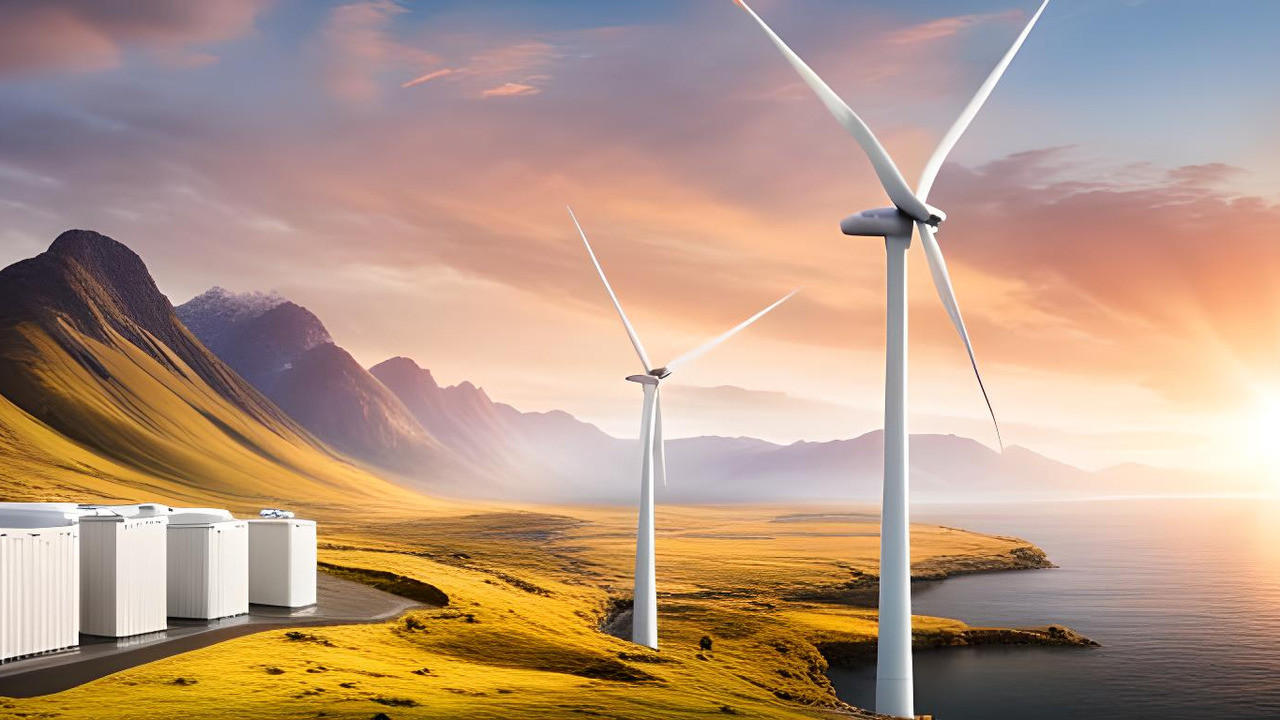
Power in Balance: Strategic Benefits of Demand Side Management for Utilities
Electric utilities face continuous pressure to meet ever-growing energy demand while also adapting their generation mixes towards sustainable models aligned with emissions reduction goals.
-
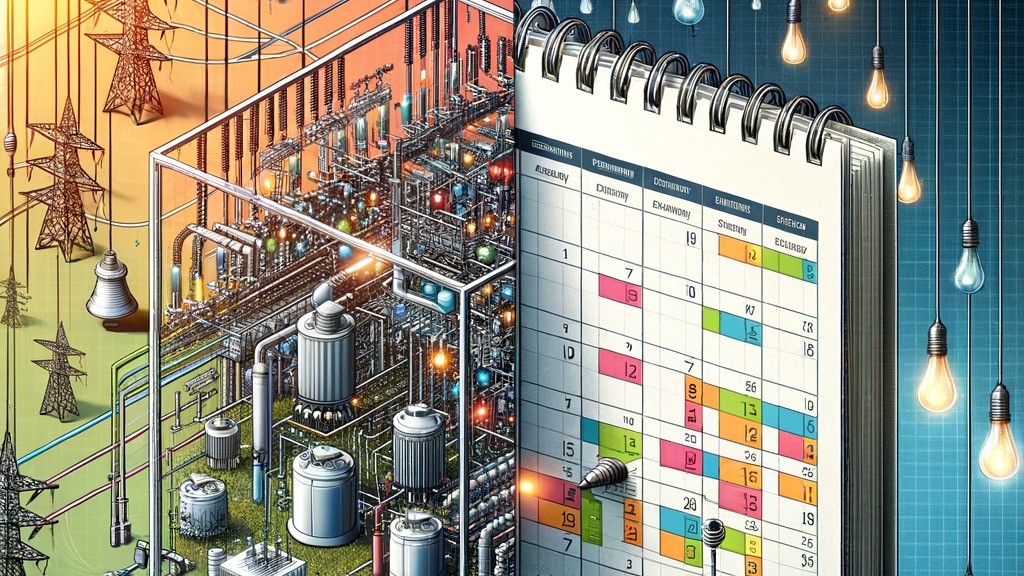
Unlocking the True Potential of AMI Systems: The Impact of Once-a-Day Data Readings
AMI systems were initially designed to streamline utility operations through automated meter data collection. Yet, their full potential is often underutilized, as legacy daily or interval read strategies may not fully capture essential usage insights.
-

Another Brick in the Wall: Building Smart Power Systems in the Digital Age
The digitization of power systems is a pivotal development in our pursuit of a more efficient, sustainable, and equitable energy future. It heralds a new era where energy not only powers our homes and industries but also empowers our collective environmental and economic well-being.
-

Dust in the Wind: The Sahara's Role in Europe's Solar Output
Saharan dust, a natural atmospheric phenomenon, involves the movement of mineral-rich sand and dust particles from the Sahara Desert across vast geographical expanses.
-
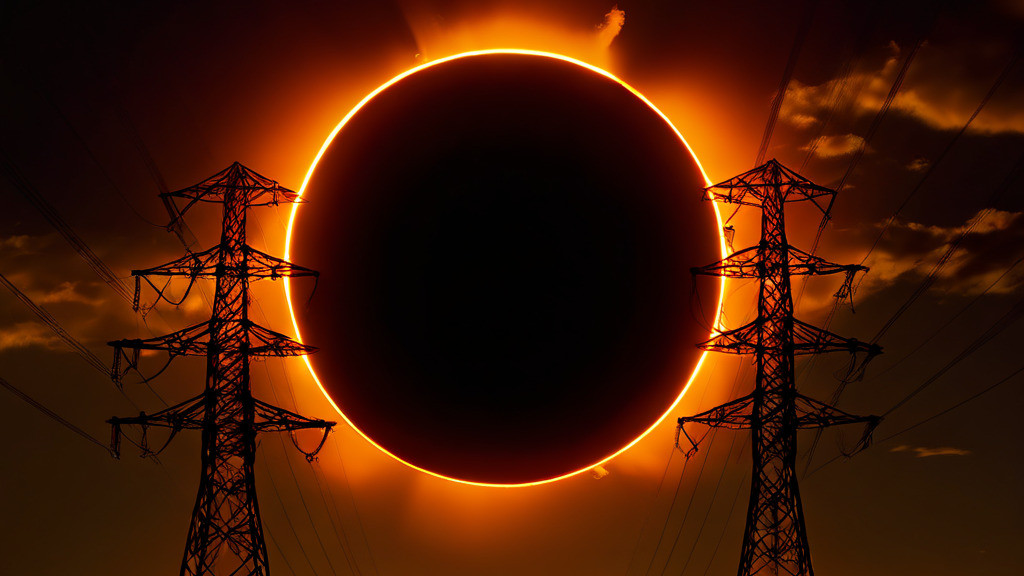
Shadows Over Solar: The North American Eclipse and Its Grid-Scale Implications
On the 8th of April 2024, North America was the stage for an astronomical marvel as a total solar eclipse journeyed across the skies.
-

Control or Chaos: The Razor's Edge of Geoengineering and AI Oversight
While visions of technological miracles captivate many, closer examination reveals that these sociotechnical systems pose unprecedented governance challenges as well. Powerful tools require prudent oversight to maximize benefits and minimize harms. If misused or misguided, geoengineering and advanced AI could exacerbate existing problems or even spark new crises.
-

Exploring the Potential of Space-Based Solar Power
Space-based solar power (SBSP) is an innovative concept that aims to collect solar energy using large orbital solar panels in space, where sunlight is more intense than on Earth. By overcoming challenges like nighttime and cloud cover, SBSP has the potential to provide a consistent and reliable source of renewable energy.
-

For a Sustainable Future: CLOU's Commitment to ESG Excellence
In an era where corporate responsibility extends far beyond the balance sheet, CLOU stands as a vanguard of sustainable innovation within the electrical energy segment.
-

Privatization and Modernization in the Energy Segment
Power suppliers face a significant challenge in modernizing their infrastructure to meet the demands of a changing energy landscape. In addition to the regulatory landscape, the impact of privatization on grid modernization is an important aspect to consider.
-

Broadcom's Moves and the Lessons for Energy Sector
In the wake of incidents like Broadcom's acquisition of VMware, the fragility of markets when faced with the manoeuvres of major players becomes apparent.
-

Wind Energy: Community Pros and Cons
The development of large-scale wind energy projects provides communities with economic opportunities but also introduces impacts.
-

Debating Climate Change and the Role of CO₂
For generations now, people have debated our planet's changing climate and what may be causing it. As scientists learn more, so have our ideas about how Earth's complex systems work and all that can affect climates here and abroad in short and long terms alike.
-

Watt's Next? The Changing Face of Electric Utility Companies
After over a century of relying predominantly on large centralized fossil fuel and nuclear power plants, utility companies are increasingly incorporating distributed and renewable resources into the grid.
Thank you for your unwavering commitment to excellence, and for sharing your insights on what it takes to be a world-class energy services provider. Your dedication sets a high standard for the industry. Keep up the fantastic work.
Thank you so much for your kind words and appreciation. I truly appreciate your feedback and support. It is incredibly encouraging to hear that our commitment to excellence and insights in the energy services industry have resonated with you.
Please what causes the prepared credit to ran fast?
The credit deduction is based on your consumption. If you use less electrical energy, the meter runs slower.
My CL710K11 Single Phase AMR Prepaid Meter is blinking red light at "warning" sign indicator. What does this mean?
Thanks.
If there is no other indication on the display, it means that your credit is getting low.
Thank You! So much for a great blog and best of luck for the future,
I'll be in touch.
Thank you for your interest. You can swipe down the page bottom and subscribe to our weekly newsletter.
Kindly how can I silence my meter even after dailing 812# still it will revive on its own and starts beeping its really annoying.
The beep can only switch off temporarily for just one minute.
The beep appears because there is an alarm, either low credit, or overload, or tamper.
You can silence your meter permanently after you solve the alarm.
I have a clou meter token and am just wondering how i can silence the beeping alarm that goes off when your are low on tokens. Its kinda annoying. Ypur help will be highly appreciated.
Regards,
Steve
Steve, try code 812 on your UIU (user interface unit) and confirm by pressing the enter-button (blue or red). If it doesn't work, please tell us the meter model type.
How can someone test reactive energy kvarh in a meter test bench?
If the energy meter has a function for measuring reactive energy, it must have a test output (a flashing diode) indicating the reactive consumption. This test output has a meter constant, indicated in e.g. pulses per kvarh. You set measurement mode in your test plan to reactive measurement and adjust the scanning heads in front of the reactive diode. All other procedure is the same like active accuracy test. The settings for reactive power is done inside the test bench and reference standard automatically.
which is the standard to be used for testing of for Reactive power in energy meter and what are the acceptable error margins?
The IEC 62053-23 is applicable for static meters for reactive energy (classes 2 and 3). The allowed errors for accuracy are given in the related tables. If you have a meter with reactive class 2, the allowed error is +/-2% for all balanced loads above 0.1 Ib and power-factor 1.
My CLOU (CL710K11) just shows zeros when I try to enquire balance or input new token, I think it is not communicating with the power source
The possible reason could be long communicate distance or the power cable quality,plsase use another socket and try again. if still doesn't work,pls confirm whether the UIU address is right one( enter 1593570 plus the meter number to set the UIU address).
Where can I find the operational manual for clou meter, with series number CL710K11
Thank you for your message. The operation manual is for the power company or utility. End users get an introduction by the power company and a reference card with the user interface short codes. The configuration for each power company is different. If you are in doubt about a function, ask your power supplier.
My CL710K11 meter
Red light is lit next to the word “WIRING” and I noticed low power in house today. Any idea what could be the problem.
It indicates a poor communication between the user interface unit and the meter. One reason behind can be a very low supply voltage from the grid.